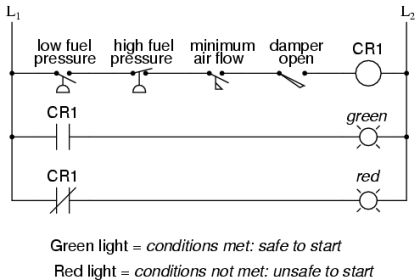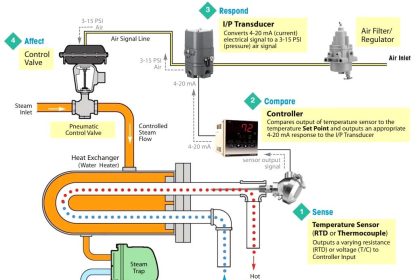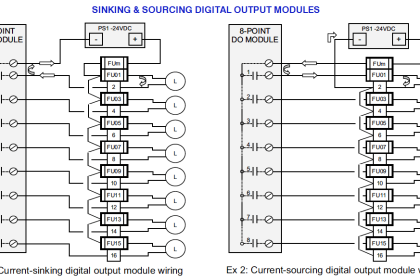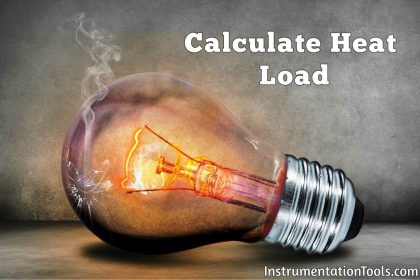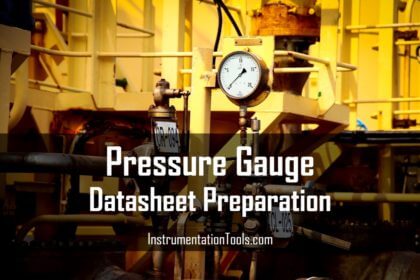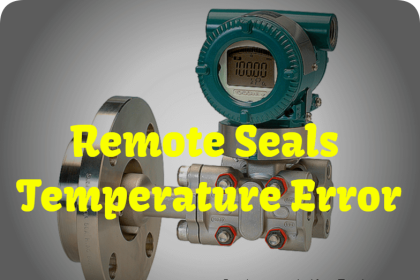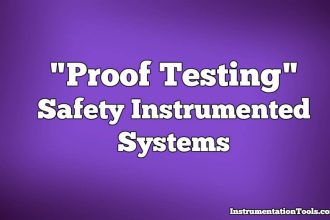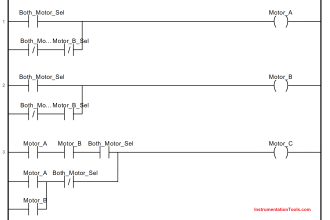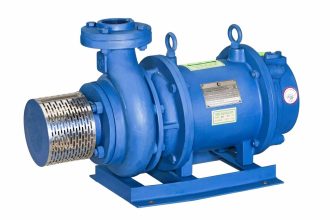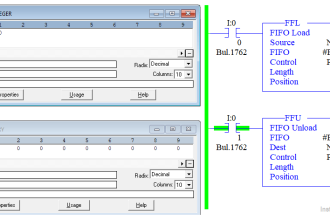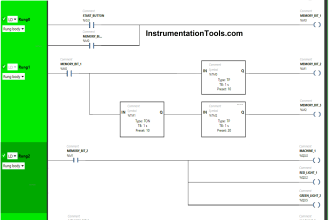We shall discuss the four elements of instrument air quality for use in the pneumatic systems.
Instrument Air
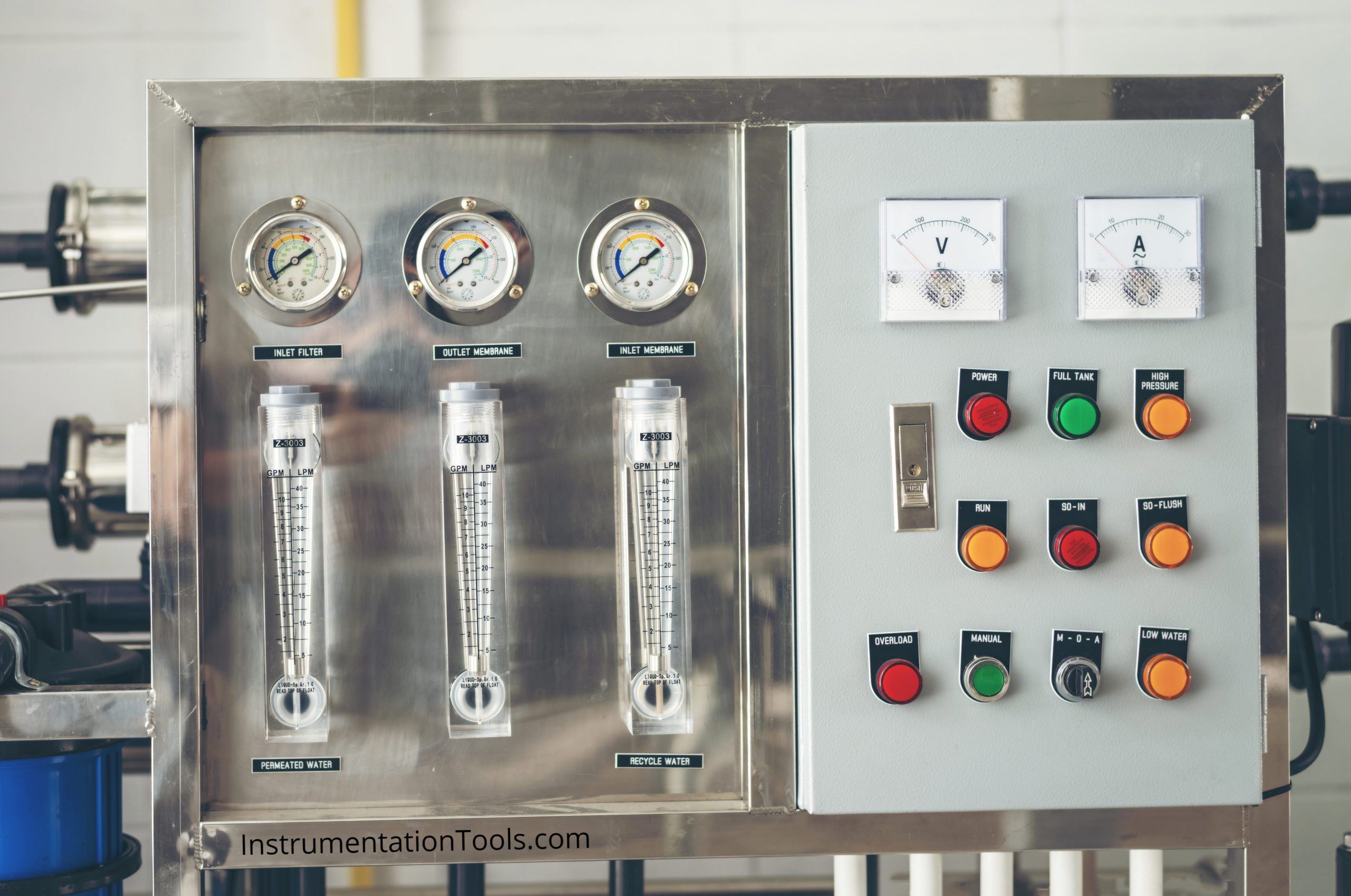
Pressure Dew Point
The pressure dew point as measured at the dryer outlet shall be at least 10°C (18°F) below the minimum temperature to which any part of the instrument air system is exposed. The pressure dew point shall not exceed 4°C (39°F) at line pressure. A monitored alarm is preferred; however, if a monitored alarm is unavailable, per shift monitoring is recommended.
Compression and cooling stages in an instrument air system cause condensation. Compression increases the partial pressure of the water vapour present. If the water vapour partial pressure is increased to the saturation water vapour pressure, condensation occurs.
Cooling reduces the saturation water vapour pressure, a temperature-dependent variable. If the saturation water vapour pressure is reduced to the partial pressure of the water vapour present, water or ice will result.
Therefore, moisture removal is a major consideration of instrument air treatment systems.
The most common methods of moisture removal are
- compression cooling,
- absorption,
- chemical methods,
- mechanical separation, and
- combinations of the above methods.
Particle Size
Maximum 40-micrometer particle size in the instrument air system is acceptable for the majority of pneumatic devices. Pneumatic devices that require instrument air with less than 40-micrometer particle sizes shall have additional filtration to meet the particulate size limit for the device.
Subsequent to any maintenance or modification of the air system, maximum particle size in the instrument air system should be verified to be less than 40 micrometers.
Filters should be used to remove particulate from the instrument air system. The after-filters should meet the desiccant dryer’s manufacturer’s recommended micrometer ratings to prevent desiccant carryover.
Particulate can cause equipment malfunction by clogging and eroding small orifices and working parts in pneumatic instruments and controls.
Each point-of-use filter shall be sized in accordance with the pressure and flow rate requirements for the end-use device.
Particulate matter can be introduced into an instrument air system from a variety of sources; such as ambient air through the intake filter and the formation of rust particles, oxide, scale, and desiccant dust, which can be carried over from the air drying equipment.
Oil Contamination
If the upper limit is exceeded, special adsorption or collection equipment is required to remove oil in the liquid or vapour state to minimize pneumatic end-user problems ranging from inaccuracies to failure.
Oil in the system can affect system dew point and desiccant life and can create a potential fire hazard with use of heat reactivated desiccant dryers.
Oil contamination of instrument air systems can result in end-use device failures. For example, the oil can form a varnish-like substance on hot surfaces, preventing proper component operation.
Using auto oilers in nuclear facilities is strongly discouraged since operating experience has shown auto oilers to introduce oil contamination, which has resulted in component failures. Other industries should evaluate specific applications to determine if using auto oilers is acceptable.
Other Contaminations
The compressor intake shall be located in an area free from potential air contamination.
The area shall be free from
- toxic and corrosive vapours,
- flammable gases and vapours,
- combustible dust, and
- ignitable fibres.
The air intake shall not be located in a hazardous (classified) location as defined by National Fire Protection Association (NFPA) 70, the National Electrical Code, Chapter 5, Article 500 — Hazardous (Classified) Locations.
Unless the air intake can be located in an area that is free of contaminants, an appropriate scrubber or absorber may be required for the protection of the pneumatic devices.
The range of possible contaminants is so wide that each installation must be considered individually. The kind and concentration of the contaminant, the air dryness, and the amount of compression are all factors for consideration.
Any cross-connections or process connections to the instrument air piping should be isolated and/or filtered to prevent contamination of the instrument air system.
Contaminants can originate from the system components, such as corrosive vapours generated from the phosphate esters used in fireproofing synthetic lubricants for compressors.
Materials used for seals and diaphragms in pneumatic devices should be compatible with any synthetic lubricant used, or an appropriate scrubber should be used in the air system to remove contaminants.
Instrument Air Supply Pressure and Pneumatic Pressure Transmission Signal
Line Pressure
Nominal instrument air line pressure for the utility industry should be 690 kPa (approximate) (100 psi).
For other industries, nominal instrument line pressure will vary based on specific Applications.
Supply Pressure
Nominal supply pressure may vary between 0 kPa and 690 kPa (approximate) (100 psi) to meet the requirements of the end-use device.
Pneumatic Transmission Signals
Pneumatic transmission signals are used in process measurement and control systems to transmit information between components.
Pneumatic transmission signals are used for
a) Pneumatic controllers;
b) Pneumatic transmitters and information transmission systems;
c) Current-to-pressure (I/P) transducers;
d) Valve positioners; and
e) Pneumatic control loops.
Interest to add any further points? Share with us through below comments section.
Read Next:
- Instrument Air Sizing
- Control Valve Actuators
- Impulse Tube Leak Test
- What is Anti Surge System?
- Valve Flow Coefficient

